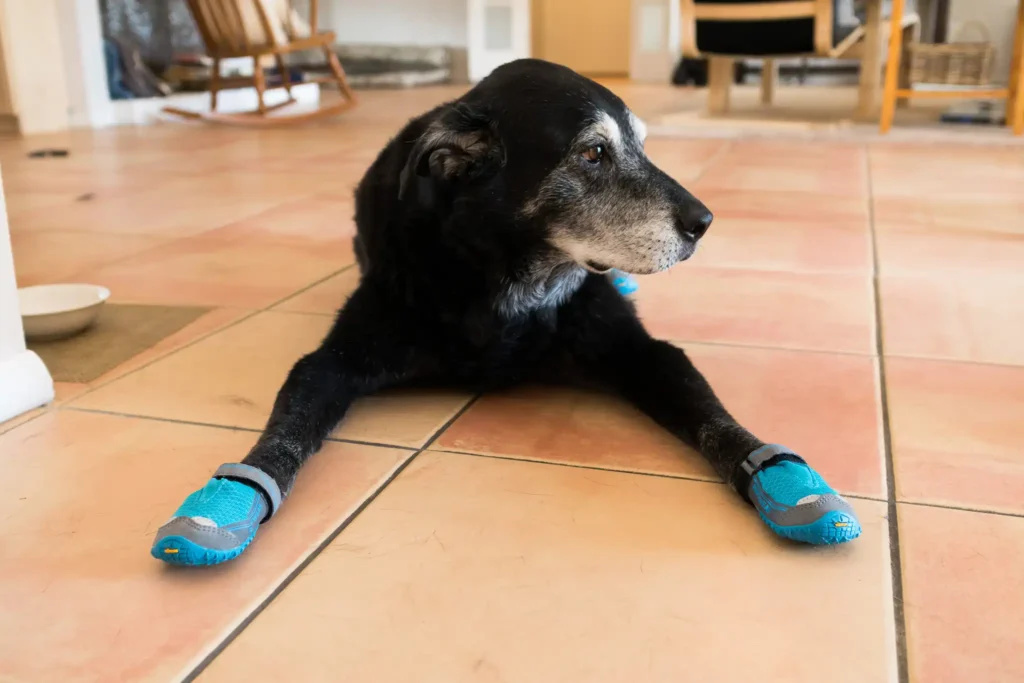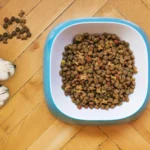Caring for a dog wound can be a daunting task for any pet owner. Whether your dog has a minor scrape from an adventurous romp in the yard or a more serious laceration from an unfortunate encounter, understanding how to manage and treat these injuries is crucial. In this guide, we’ll delve into the types of wounds, appropriate first-aid measures, and ongoing care, all while sharing personal anecdotes to make the information relatable and engaging.
Main Points of Post
Understanding Dog Wounds
Before we dive into treatment methods, it’s important to understand the different types of wounds your dog may experience. This knowledge will help you assess the severity of the injury and determine the appropriate course of action.
Types of Wounds

- Abrasion: These are superficial wounds that occur when the skin rubs against a rough surface, often resulting in a scrape. They usually heal quickly and don’t require extensive treatment.
- Laceration: Deeper cuts caused by sharp objects can be more serious. These wounds may involve bleeding and require professional veterinary care, especially if they affect underlying tissues.
- Puncture Wounds: Caused by sharp objects penetrating the skin, puncture wounds can introduce bacteria deep into the tissue. They may not bleed much initially but can lead to infections.
- Bite Wounds: Dog fights can lead to serious bite wounds, often resulting in extensive tissue damage and infection risk. Immediate veterinary attention is often necessary.
- Surgical Wounds: If your dog has recently undergone surgery, caring for the surgical site is essential to prevent infection and promote healing.
Personal Anecdote: My Experience with a Laceration
I remember the first time my Labrador, Max, returned home with a deep laceration on his leg after a particularly rambunctious day at the park. My heart sank when I saw the blood and the deep cut. It was a sobering moment that made me realize how important it is to be prepared for such situations. After a quick assessment, I knew I had to act fast.
First Aid for Dog Wounds
When faced with a dog wound, your first response can significantly influence healing. Here’s a step-by-step guide on how to provide immediate first aid.
1. Stay Calm and Assess the Situation
Your dog may be in pain and anxious. Speak softly to reassure them. Assess the wound for size, depth, and location. If it’s bleeding, apply gentle pressure with a clean cloth or gauze to control the bleeding.
2. Clean the Wound
Once bleeding is under control, it’s essential to clean the wound to prevent infection. Use lukewarm water or a saline solution (you can buy this at pet stores or make your own) to gently flush the wound. Avoid using hydrogen peroxide or alcohol, as these can irritate the tissue and delay healing.
3. Apply an Antiseptic
After cleaning, apply a pet-safe antiseptic solution or ointment to help prevent infection. Products specifically designed for pets are often the safest choice. Avoid using human antiseptics, as they may contain harmful ingredients for dogs.
4. Bandage the Wound (if necessary)
If the wound is deep or located in a place where your dog can easily lick it, you may need to bandage it. Use sterile gauze and adhesive tape to secure the bandage in place, but be careful not to wrap it too tightly, as this can restrict blood flow.
5. Monitor for Signs of Infection
In the days following the injury, keep a close eye on the wound. Look for signs of infection such as redness, swelling, discharge, or an unpleasant odor. If any of these symptoms appear, consult your veterinarian immediately.
Ongoing Care and Recovery
Once you’ve managed the initial treatment, ongoing care is vital for proper healing.

1. Prevent Licking and Chewing
Dogs instinctively want to lick their wounds, but this can lead to infection and delayed healing. Consider using an Elizabethan collar (the “cone of shame”) or a recovery suit to prevent your dog from accessing the wound.
2. Follow Veterinary Instructions
If your dog requires veterinary care, follow the vet’s instructions carefully. This may include administering medications, changing dressings, or monitoring activity levels. It’s essential to stick to the prescribed regimen to promote healing.
3. Limit Activity
Restrict your dog’s activity to prevent further injury. Avoid vigorous play, jumping, or running until your vet gives the green light. While this can be challenging, especially with active dogs, it’s crucial for recovery.
4. Nutrition and Hydration
Proper nutrition can aid in healing. Ensure your dog is eating a balanced diet and has access to fresh water. Sometimes, adding supplements like Omega-3 fatty acids can support skin health, but consult your veterinarian before introducing new supplements.
Personal Anecdote: The Importance of Vet Visits
After Max’s initial wound, I followed the steps outlined above, but I noticed that the area didn’t seem to be healing as quickly as I hoped. After a few days, I decided to take him to the vet for a check-up. It turned out that Max had developed an infection. The vet prescribed antibiotics, and with proper care and medication, Max made a full recovery. This experience reinforced the importance of consulting a professional when in doubt.
When to Seek Veterinary Care
Not all wounds can be treated at home. Here are some scenarios in which you should seek veterinary assistance:
- Deep or Large Wounds: If the wound is deep, wide, or involves significant bleeding, immediate veterinary care is necessary.
- Signs of Infection: If you notice increased redness, swelling, or pus, your dog may need antibiotics.
- Puncture Wounds: These can easily become infected. A veterinarian can properly clean and assess them.
- Persistent Pain: If your dog shows signs of pain despite treatment, consult your vet.
- Behavior Changes: If your dog becomes unusually lethargic or refuses to eat, this could indicate a problem that requires professional attention.
Preparing for Future Incidents
Accidents happen, and being prepared can make all the difference. Here are a few tips for being ready in case your dog gets a wound:
1. Create a Pet First-Aid Kit
Having a first-aid kit on hand can help you respond quickly to injuries. Essential items to include are:
- Sterile gauze pads and adhesive tape
- Antiseptic solution (pet-safe)
- Tweezers (for splinter removal)
- Scissors (for cutting tape or gauze)
- A digital thermometer
- A muzzle (to prevent biting if your dog is in pain)
2. Know Basic First-Aid Techniques
Educate yourself on basic first-aid techniques for dogs. Many resources, including books and online courses, can provide valuable information. Knowing what to do in an emergency can help you act quickly and confidently.
3. Regular Vet Check-ups
Routine veterinary visits can help catch potential health issues before they escalate. Your vet can provide personalized advice on wound care and general health.



